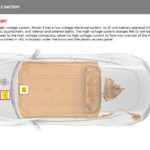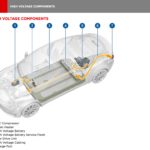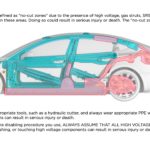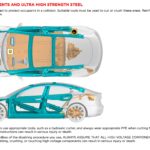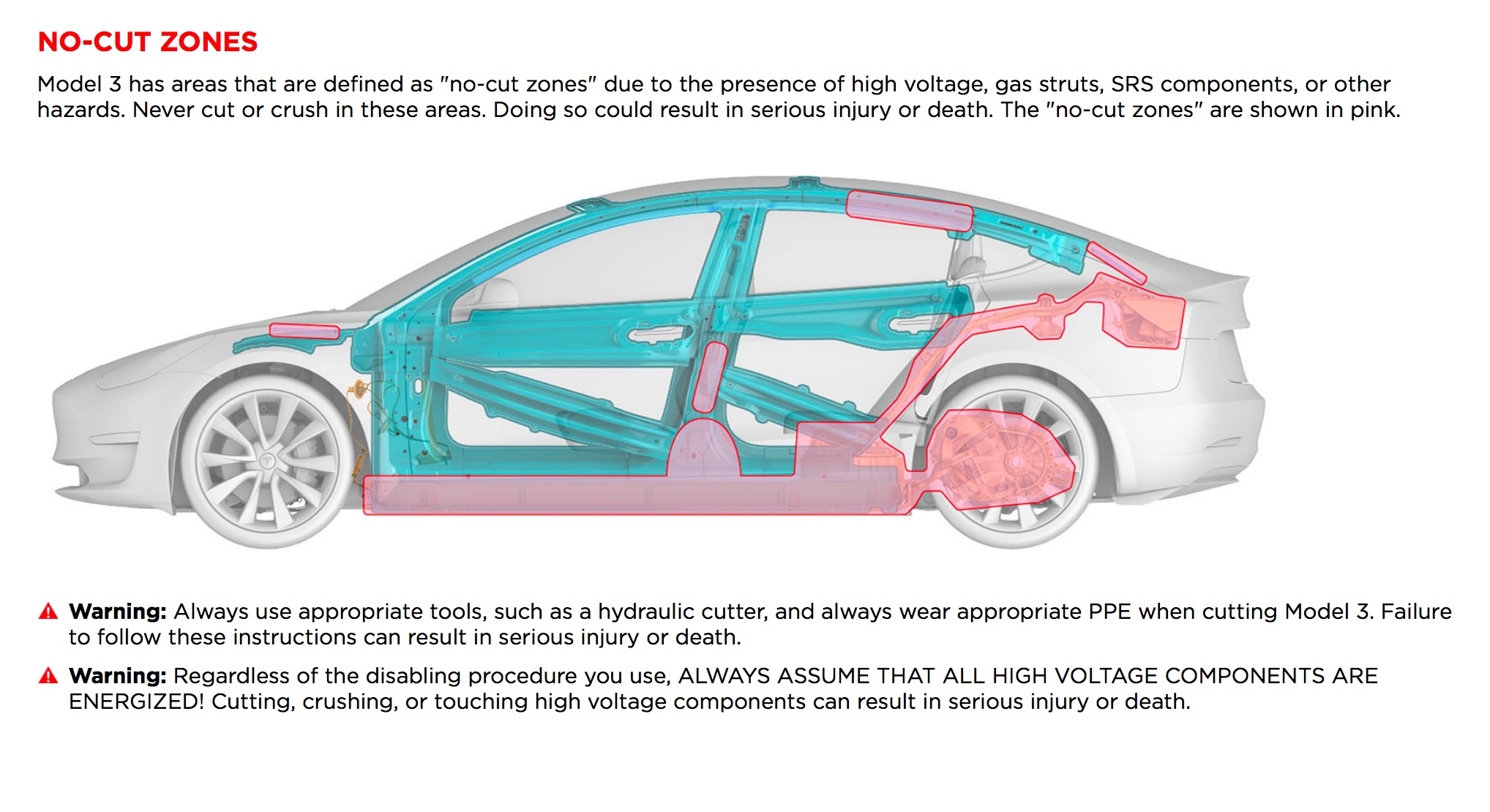

News
Tesla Model 3 emergency response guide provides in-depth look at vehicle chassis and composition
Tesla released the Model 3 Emergency Response Guide, providing an in-depth look into the full makeup and chassis composition of the Model 3, detailed safety features, and information on how to properly cut the vehicle open in the event of a major crash.
The guide is specifically crafted for first responders arriving at the scene of a crash or emergency involving a Model 3. Its table of contents shows several subsections regarding air bags, high voltage components, what to do if the vehicle is submerged, and how to fight a fire inside the Model 3.
Notably, the Model 3, like the Model S and Model X, should be treated as any other Tesla when submerged or partially submerged. It reminds first responders that the Model 3 is no greater risk of electric shock than any other vehicle.
“The body of Model 3 does not present a greater risk of shock because it is in water. However, handle any submerged vehicle while wearing the appropriate PPE. Remove the vehicle from the water and continue with normal high voltage disabling,” the report reads.
Once removed from water, the report provides a detailed look on how to cut cables to disable the high voltage components of the vehicle.
One area where the battery could pose a different risk from internal combustion engine vehicles is in firefighting. The report details that a battery fire should be put out with only water, and that it could take up to 3,000 gallons of water to ensure the fire is out.
“It can take approximately 3,000 gallons of water, applied directly to the battery, to fully extinguish and cool down a battery fire; always establish or request an additional water supply. If water is not immediately available, use dry chemicals, CO2, foam, or another typical fire-extinguishing agent to fight the fire until water is available,” the report reads.
In addition to this information, the guide also features designs of the primarily high-strength and ultra high-strength steel chassis for the vehicle and areas deemed “no cut zones.” This specific information is for first responders who may need to cut the vehicle open for extraction and rescue of people trapped inside.
The “no cut zones,” designated in the diagram with a pink color, should be avoided because of high voltage, gas and other hazards that may exist in that area of the vehicle. The other reinforced steel areas of the car are recommended cut zones used for dismantling.
We previously saw Model 3’s strategic blend of aluminum, mild steel, high-strength and ultra high-strength steel used in various layers and sections of the vehicle’s chassis, as illustrated in the Model 3 Body Repair Tech Note.
Details regarding the location of Model 3 VIN numbers and other information (jack points, airbag locations, etc.) to be used in the scene of an accident is outlined in the Tesla Model 3 Emergency Response Guide.

Elon Musk
OPINION: Tesla Vandalism lawsuit should be the first of many
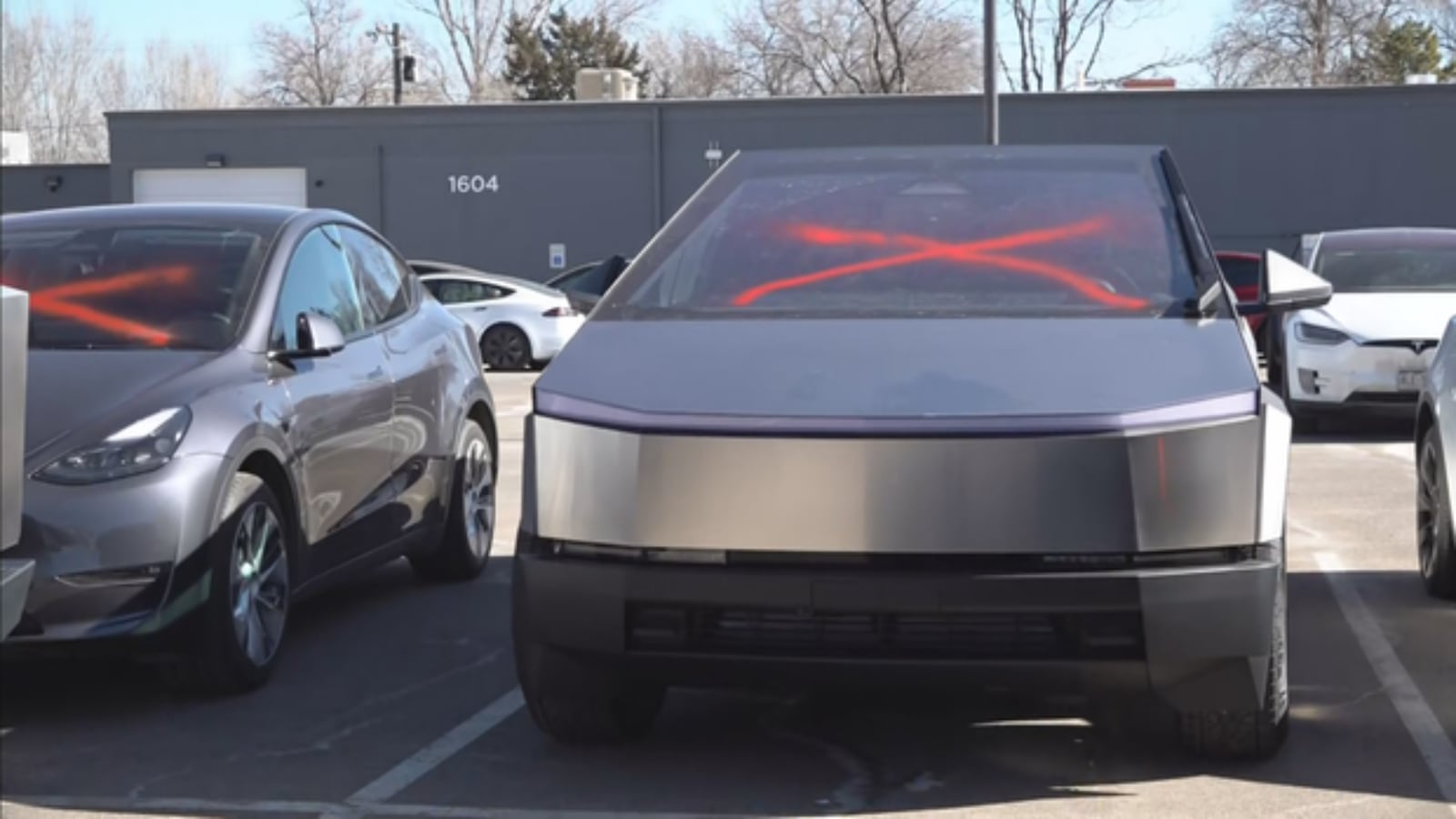
The filing of a lawsuit by a Tesla owner who had his vehicle vandalized by a brainwashed member of what is being called the “Tesla Takeover” movement should be the first of many.
For the past few months, we have seen so many instances of intimidation by those who oppose Tesla, CEO Elon Musk, and President Donald Trump. These occurrences have been incredibly frequent and have varied in terms of their severity. It’s been as arbitrary as keying a car, and as violent as gunshots and Molotov cocktails being shot and thrown at showrooms.
The side of the perpetrators seems to be under the impression that President Trump and Musk are punishing those who have differing viewpoints as if their very livelihoods are under attack. The problem is, although government spending and some government programs are being modified or eliminated, there is no specific group being targeted, which is a big reason the use of the word “Nazi” has been baffling to me over the past few months.
That other side will have you believe there is a right-wing force that has taken over the government and aims to violate the rights of everyone who is unlike them. Ironically, it is precisely what the “protestors” are doing. Don’t agree with us? Okay. We’ll damage your vehicle.
Although the Trump administration and the FBI have set up specific measures to investigate instances of vandalism and hopefully eliminate it altogether, things have not truly calmed down. In fact, it seems it is getting worse.
However, a lawsuit filed by a victim of one of these senseless attacks has set a new precedent: damage my car, you will find yourself in a lawsuit:
🚨 The first-ever lawsuit against a man caught on video using Sentry Mode as he vandalized a Tesla has been filed.
An anonymous Tesla owner has sued Rafael Hernandez, who was arrested after Sentry Mode caught video of him keying a vehicle.
The Plaintiff is suing for infliction…
— TESLARATI (@Teslarati) March 26, 2025
In actuality, this might be the best strategy for minimizing the instances of vandalism we have seen over the past several months. Nothing seems to be working, and the attackers, who appear to be of all shapes, sizes, and ages, only seem to be doing it more often, despite being caught on camera by Sentry Mode.
The suit that was filed against Rafael Hernandez, who keyed a Model X at DFW Airport, seeks $1m in damages. While it is unlikely he will be awarded that significant sum, what Hernandez ends up paying could be significantly more than just the amount of repairing the scratch.
This all funnels down to one specific point: Tesla drivers are simply that, people who drove to buy and drive a Tesla. Driving a car is not a political statement; it is, in many ways, simply a choice of convenience. People choose EVs for many reasons, with home charging, performance, and look being several of them.
Ask 100 Tesla owners why they bought the car, and I’m sure many would not say, “Because I love Elon Musk and agree with everything that comes out of his mouth.”
I am an Elon Musk fan, but I don’t agree with everything he has done or will do. I don’t agree with everything my parents, my friends, or my family do. I am not a loyalist to anyone except myself. This is where I find the vandalism to be so distasteful.
If Toyota’s CEO came out and said things that were controversial, for example, “We’re not transitioning to EVs because we don’t feel it’s the right time with demand,” something that was stated a few years ago as a part of their strategy, do you think Tesla owners were keying Toyotas? No.
Support brands that line up with your ideologies. Avoid ones that don’t. People of all ages do this peacefully. If you want to hurt a brand, don’t give them or their customers your money. Keying a Tesla might result in both with this initial lawsuit.
The point is, there is a right way and a wrong way to go about this. Vandalism is not the right way. Not only are you disrupting someone’s life who has nothing to do with Tesla, but now you’re putting yourself in the line of fire for a particularly substantial sum of money. Additionally, you’re not winning over any fans with this type of reaction. Nobody said “I now see their point since they keyed my car, I agree with them.”
I am hopeful that this lawsuit will encourage Tesla to go after the violent vandals who have attacked its stores. I am hopeful that this lawsuit will encourage Tesla owners to go after the violent vandals who have had their cars damaged by senseless people who have differing political views.
Perhaps this is the move that will start to bring down the frequency of these attacks.
News
Tesla best-rated car brand in UK, beats Toyota in reliability: survey
The survey asked readers to rate their cars across metrics like efficiency, reliability, practicality, safety, comfort, and performance.
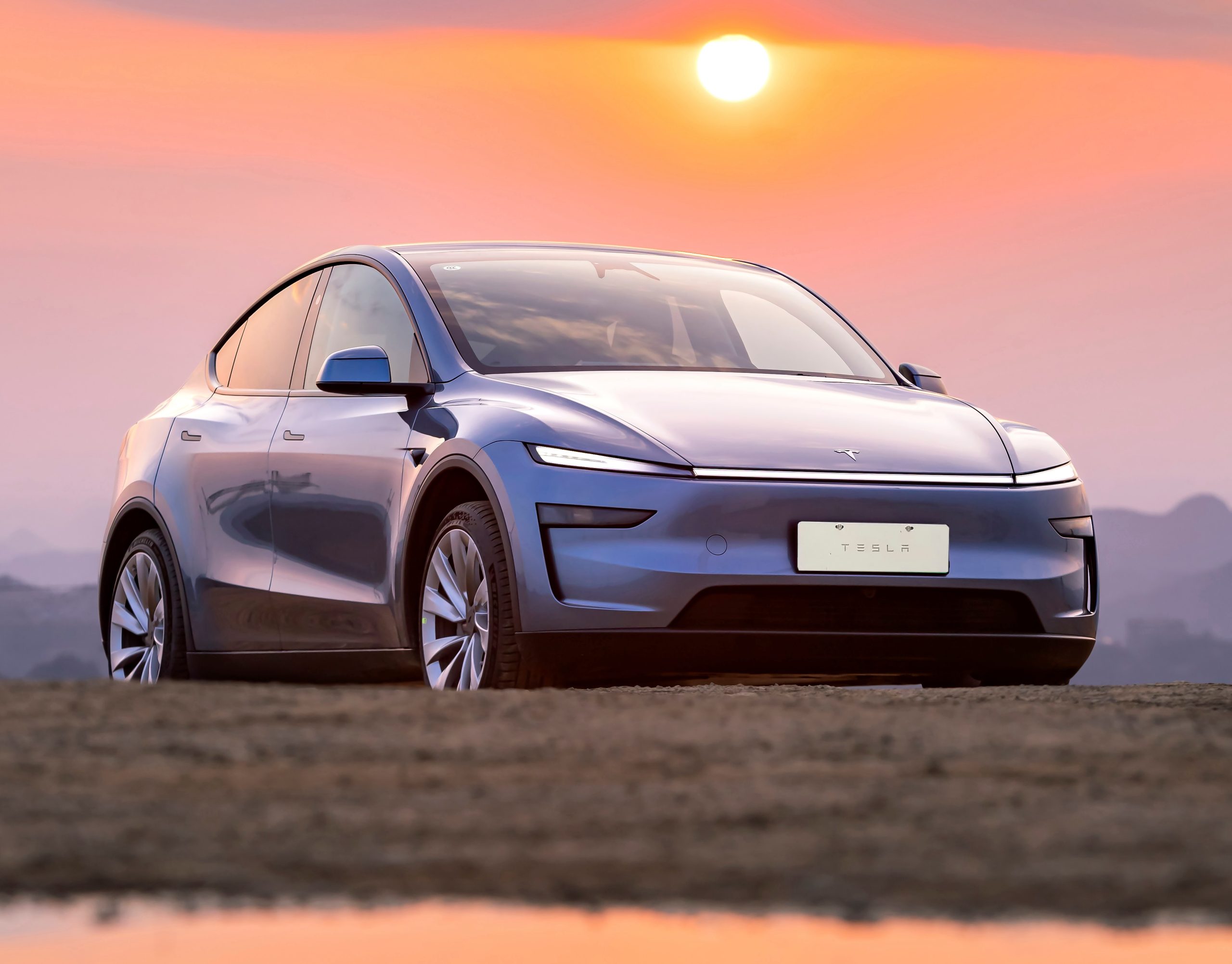
Tesla critics would typically paint the company’s electric vehicles as reliability nightmares with subpar build quality and cheap materials. As per a survey from the U.K., however, the opposite is true, as Tesla is not just the country’s overall best-rated car brand, it is also the second most reliable carmaker.
The survey was conducted by HonestJohn.co.uk, which asked its readers to rate their cars across several metrics, such as efficiency, reliability, practicality, safety, comfort, and performance. Over 6,000 respondents participated in the recent survey.
UK’s Overall Best-Rated Car Brand
Based on the respondents of the Honest John Satisfaction Index survey, Tesla was the U.K.’s best-rated car brand for 2025 with a satisfaction index rating of 89.41%. In second place is Japanese premium carmaker Lexus, which garnered a satisfaction index rating of 86.32%. In third place is Porsche, which garnered a satisfaction index rating of 84.79%.
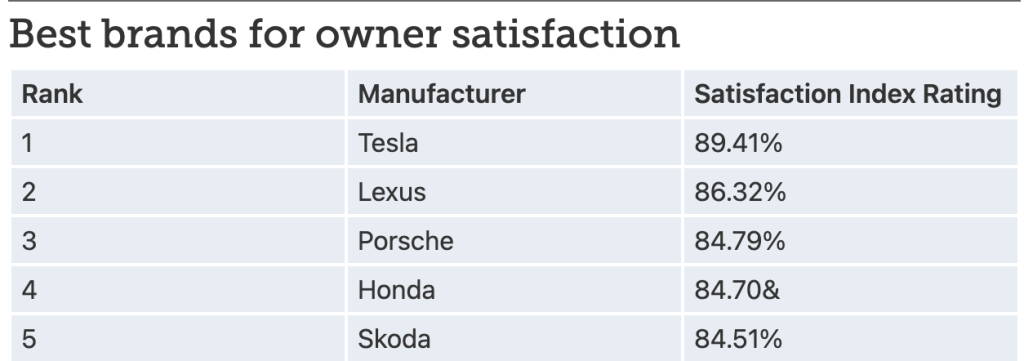
Tesla’s Reliability Surprise
While Tesla’s high customer satisfaction index scores in the survey were not that shocking, the company’s rankings in reliability are especially surprising. Tesla critics typically accuse Tesla of producing vehicles that are not reliable or are prone to imperfections like panel gaps. But as can be seen in the U.K. survey, Tesla’s reliability has actually improved a lot.
Tesla’s reliability rating in the Honest John survey was an impressive 95.29%. That’s just below Lexus, which was the number one at 97.01%. Tesla was also above Toyota, which was in third place with a reliability rating of 94.65%.
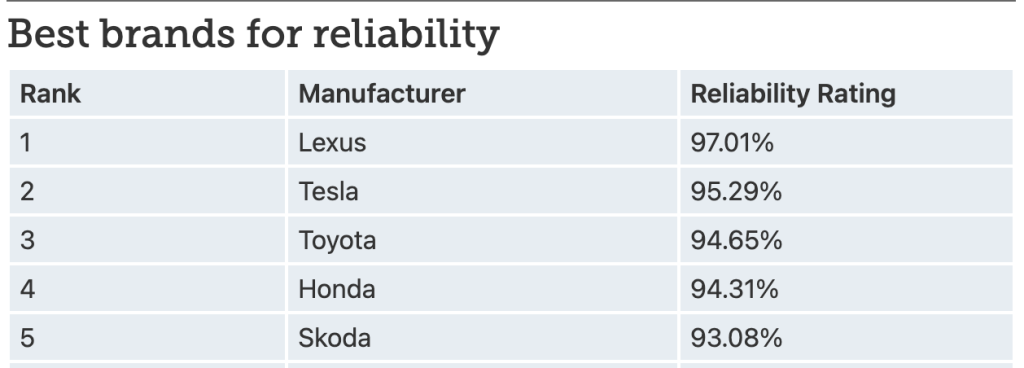
What Honest John Says
In its rankings for the U.K.’s most reliable car brands, Honest John highlighted that while Tesla tended to be hit or miss with things like build quality in the past, the company has matured a lot in recent years.
“While we were always impressed by the technology within Tesla’s range of exclusively electrically powered cars, build quality seemed to be a little hit and miss, to say the least. Evidently, matters have improved significantly in this regard according to our readers’ feedback as not only has the brand scored well for reliability across its four-strong range but the Tesla Model 3 was also rated as the most satisfying car to own overall,” the publication wrote.
News
Tesla Unveils Model Y RWD 110 customized for Singapore
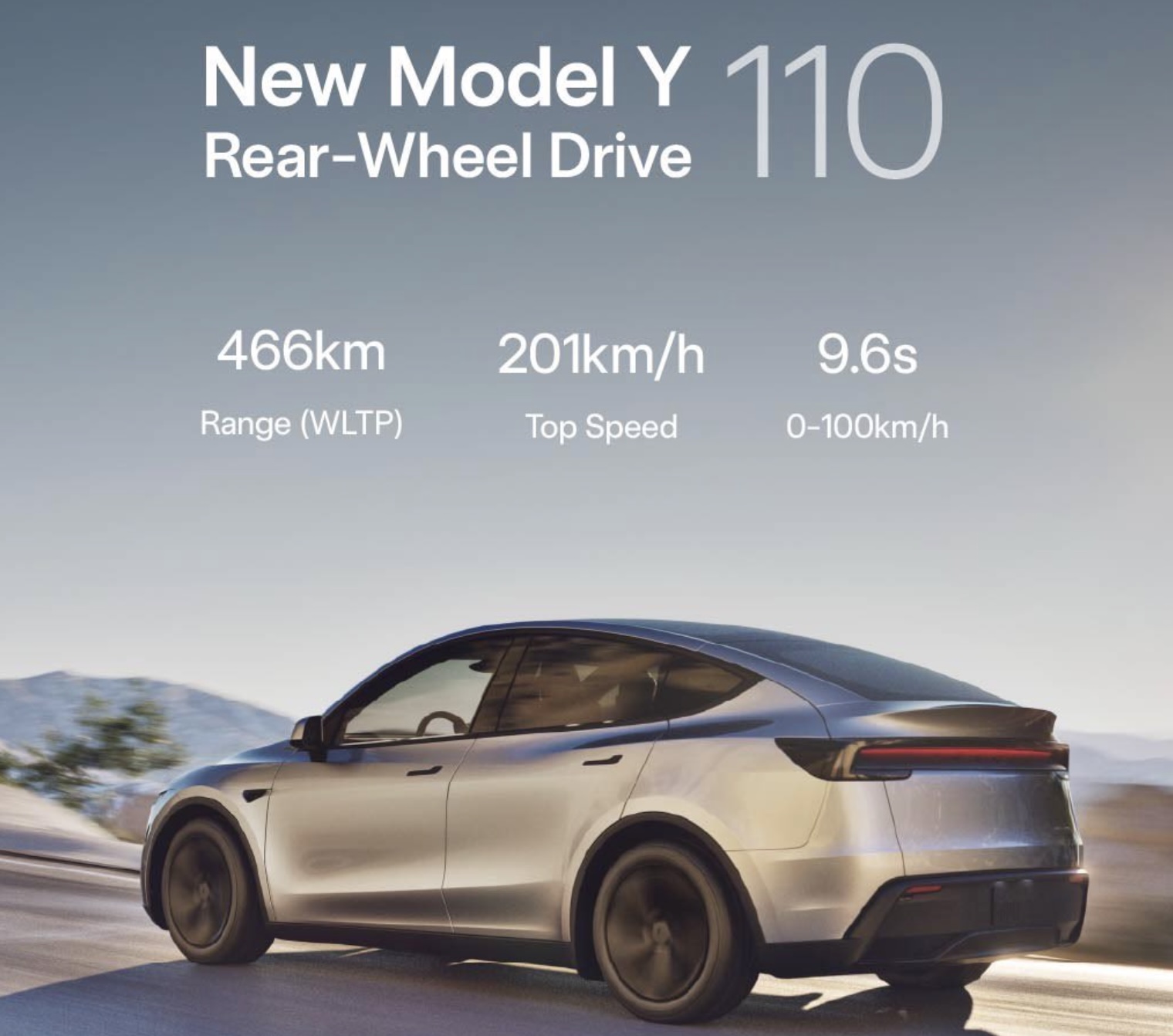
Tesla unveiled the Model Y RWD 110 for Singapore’s Category A certificate of entitlement (COE) rules. This custom SUV tweaks the updated Model Y, which was launched in Singapore in January.
Tesla tuned the Model 3 RWD 110 for Singapore before, and that customized version’s success spurred this Model Y adaptation. The Model Y RWD 110 runs at 110kW, down from 255kW in the standard RWD. It qualifies for Singapore’s Category A COE, unlike the Model Y 255kW version, which sits in Category B.
Category A COEs are for mass-market cars. They score lower premiums than Category B COEs. BMW and Mercedes-Benz register vehicles as Category A COEs in Singapore as well.
In Singapore, buyers need to pay the COE to register a car. The latest tender showed an SGD 22,388 gap between Category A and B premiums.
The Model Y RWD 110’s road tax is significantly reduced from SGD 3,478 to SGD 1,562 yearly. The Strait Times calculated that the cheaper Model Y in Singapore would save SGD 19,160 over a 10-year COE.
The Model Y RWD 110 matches the 255kW version otherwise. The more affordable Model Y’s battery size holds steady. Its energy use, equipment, and design stay the same.
Tesla prices the Model Y RWD 110 at SGD 103,476 before COE. The Model Y RWD 110 costs SGD 3,026 less than the 255kW version, excluding COE costs. It uses a 62.5kWh lithium iron phosphate battery.
Tesla has released cheaper versions of its cars before. For instance, it rolled out a more affordable Model 3 in Mexico last year. The cheaper Tesla Model 3 in Mexico did not use the same materials and had different features to reduce costs.
Tesla might consider releasing custom, cheaper versions of its vehicles in other countries. Industry sources in China hint at a “lower-priced Model Y” for the Chinese auto market, which keeps the Juniper’s battery and chassis
-
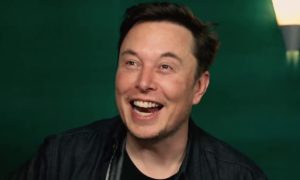
 Elon Musk2 weeks ago
Elon Musk2 weeks agoElon Musk roasts owners of this car brand after another Tesla vandalism incident
-

 News1 week ago
News1 week agoTesla aiming to produce first “legion” of Optimus robots this 2025
-
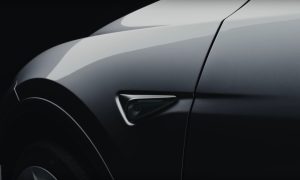
 Elon Musk1 week ago
Elon Musk1 week agoElon Musk confirms two measures Tesla is taking to fight vandalism
-
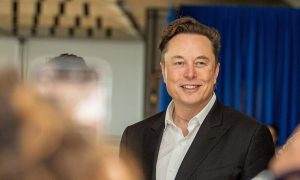
 Elon Musk4 days ago
Elon Musk4 days agoTesla CEO Elon Musk’s simple message to vandals
-
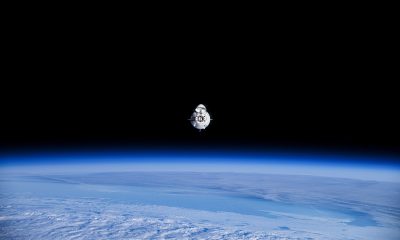
 News2 weeks ago
News2 weeks agoSpaceX rescue mission for stranded ISS astronauts nears end — Here’s when they’ll return home
-
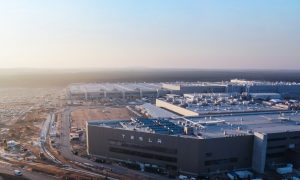
 News6 days ago
News6 days agoTesla’s Giga Berlin director responds to anti-Musk criticism
-
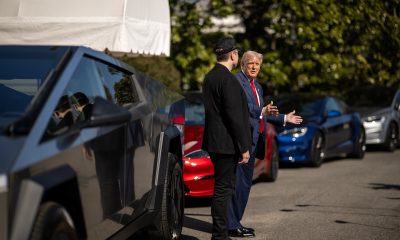
 News2 weeks ago
News2 weeks agoU.S. AG Pam Bondi: Tesla Molotov attack suspect facing up to 20 years in prison
-
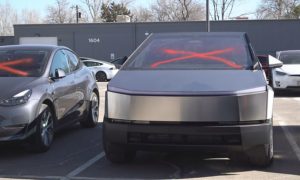
 Elon Musk1 week ago
Elon Musk1 week agoTesla owners doxxed by controversial anti-DOGE website in clear intimidation tactic
